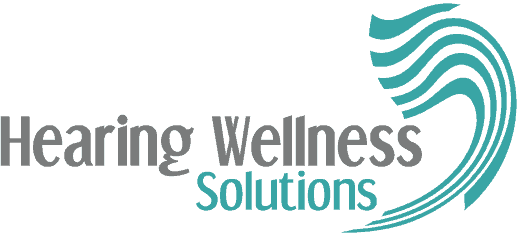In some ways, we live in a much noisier world than we used to. From traffic sounds to loud music in restaurants and bars, to the ubiquitous personal music player, being inundated by loud sounds at all times seems to be the norm. But in some ways, we are taking much better care of our hearing–particularly in the workplace–and this has led to a decline in the rates of hearing loss among young people.
Despite the risks of personal music players, hearing loss declining
There have been countless articles and studies pointing to the fact that devices like iPods, iPhones and mp3 players can be hazardous to our hearing. More young people listen to music through headphones than ever before, at longer durations and at volume levels that can cause permanent damage to the hearing.
So how is it that the rates of hearing loss are going down in younger populations? A recent study published by the National Institute on Deafness and Other Communication Disorders shed some light on this question.
Some facts about the study
The study, which focused on American adults aged 20 to 69, revealed that hearing loss has actually declined over the past ten years. Although men still had almost twice the rate of hearing loss as women (18.6 percent and 9.6 percent, respectively), and hearing loss was still shown to increase with age, researchers concluded that the hearing loss rate had decreased by two percent over the course of the past decade.
Hearing loss, in this study, was defined as not being able to hear sounds of about 25 decibels, such as a whisper or the rustling of leaves. Researchers found that from 1994 to 2004, about 28 million Americans, or 16 percent, had hearing damage. But in 2011 and 2012, that number had dropped to 27.7 million–14 percent of American adults.
In offering an explanation for this positive trend, researchers posited that many people are now starting to develop hearing loss at a later age. A primary factor, they said, could be that fewer people are working in occupations with high levels of hazardous noise, such as jobs in the manufacturing sector. And in those workplaces that are dangerous to the hearing, more employers are requiring employees to wear hearing protection. The dropping hearing loss rates could also reflect the fact that people are in generally better health than they used to be, with lower rates of smoking and better care taken with diabetes and high blood pressure, all of which have been associated with hearing loss.
Howard Hoffman, an epidemiologist and the lead author of the study said, “Our findings show a promising trend of better hearing among adults that spans more than half a century. The decline in hearing loss rates among adults under age 70 suggests that age-related hearing loss may be delayed until later in life. This is good news because for those who do develop hearing loss, they will have experienced more quality years of life with better hearing than earlier generations.”
But what about the evidence that personal music players are increasingly causing irreversible hearing loss in young people? As the study only focused on people age 20 and older, it is possible that the effects of iPods have yet to be seen, but researchers were optimistic that better occupational health standards and awareness should ensure that hearing loss rates among the young continue to decline.
Hearing loss and occupational noise hazards
Noise-induced hearing loss is usually caused by prolonged exposure to loud noises, although it can also, more rarely, be caused by a single exposure to an intense noise such as an explosion. Although hearing loss in the workplace is declining, hearing loss caused by noise is still the most common workplace injury, and occurs most frequently in the manufacturing, construction and mining sectors. About 22 million workers are exposed to hazardous noise levels each year. Although a study examining hearing loss rates from 1981 to 2010 found that the prevalence of hearing loss in all industries remained consistent at 20 percent, the number of new cases of hearing loss had decreased. Researchers believe that progress is being made in terms of noise-induced hearing loss awareness, and hopefully this trend will continue.
Hearing loss can occur in other workplaces too, and people are often unaware that the noise that surrounds them at work could be doing permanent damage to their ears. If you frequently need to shout to be heard by someone at arm’s length, the level of noise in your workplace is hazardous and you should speak to your employer about hearing protection, such as earplugs or earmuffs, right away.
Happy hearing! To take a hearing test and have a conversation about your hearing health, contact us at Hearing Wellness Solutions.


